Comet ISON is heading towards its inexorable close pass of the Sun, which will occur on November 28, 2013. And while we’ve been enjoying great views from astrophotographers, that luxury is probably over as of today, as the comet is just getting to close to the Sun — and its blinding glare — for us to see it. But while we won’t be able to see it from Earth, we’re lucky to have a fleet of spacecraft that will be able to keep an eye on the comet for us! The STEREO spacecraft has already taken images of ISON hurtling towards the Sun; the Solar and Heliospheric Observatory (SOHO) will start observations on November 27. Then, the Solar Dynamics Observatory (SDO) will view the comet for a few hours during its closest approach to the Sun, and the X-Ray telescope on the Hinode spacecraft will view Comet ISON for about 55 minutes during perihelion.
Will Comet ISON survive its close pass and emerge brighter than ever? Only time will tell. You can keep track of what is going on with ISON here on Universe Today, as well as at NASA’s Comet ISON website, the Comet ISON Observing Campaign website, and there will be a special Hangout on Google+ during perihelion on Nov. 28.
Above is a gorgeous timelapse of ISON from the Teide observatory in the Canary Islands on Nov. 22nd, 2013. See more images and videos below.
Above is a screenshot from the live camera views from the Canada France Hawaii Telescope webcam. You can see a live view from their webcam any time at this link.
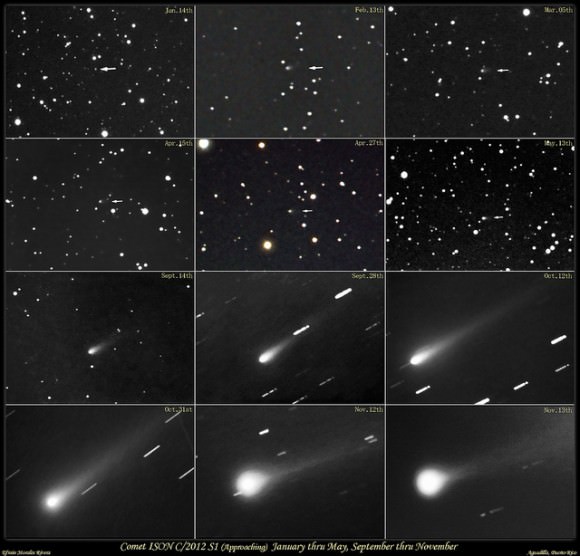
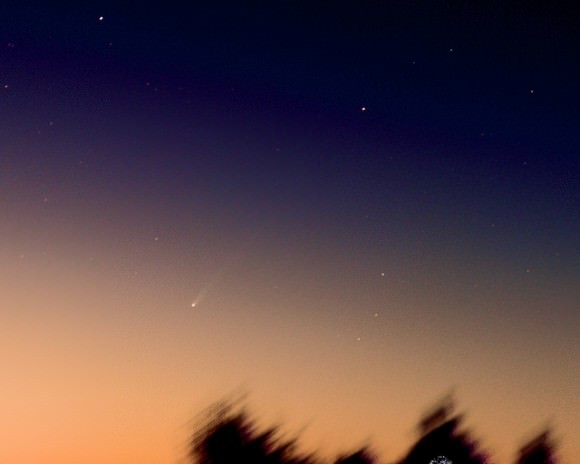
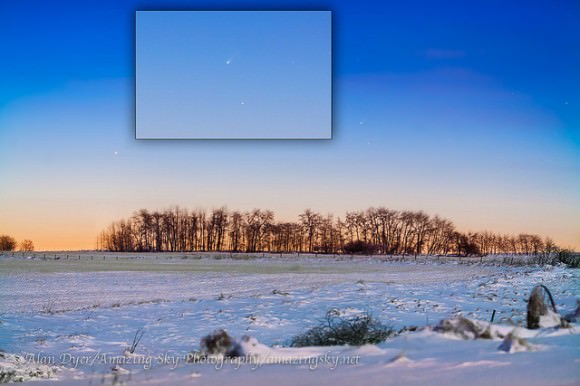
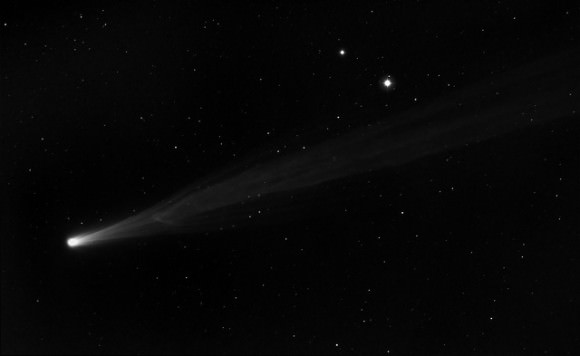
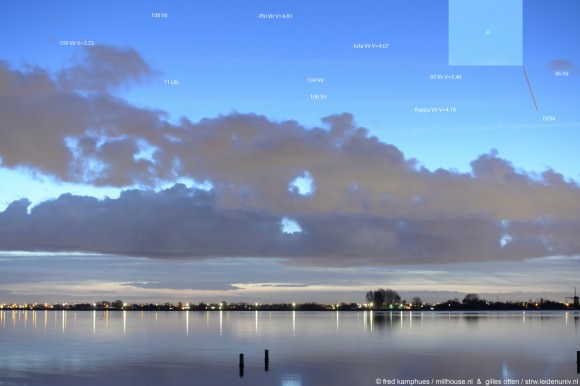
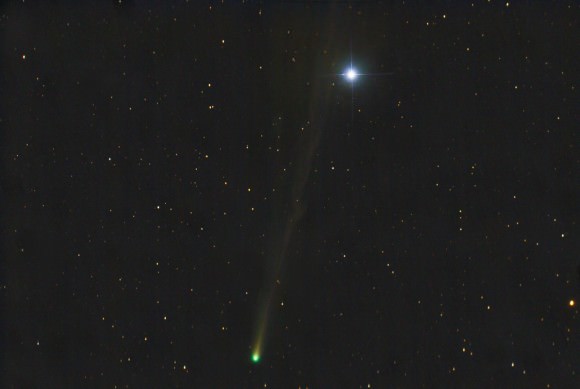
Want to get your astrophoto featured on Universe Today? Join our Flickr group or send us your images by email (this means you’re giving us permission to post them). Please explain what’s in the picture, when you took it, the equipment you used, etc.

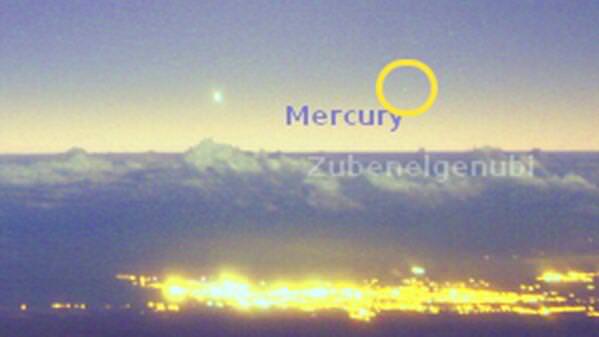
i hope it dosen’t sling shot by the moon and hit the earth on long 125w lat 23N
No worries. Won’t even get close to the moon or earth.
It’s not coming any closer than 40 million miles. Stop being sensationalistic.
Sling shot by the moon and hit Earth?
Any deviation form its orbit makes it even go FURTHER away from Earth.
That would be a great way to go out though.
ISON will path about 0.43 AU from Earth. this is 167 times the distance between Earth and the Moon. if you put ISON in a line between Earth and Sun it will be somewhere near the midway between us and the Sun. just too far to hit the Earth. 🙂
It all depends on what happens to ISON during perihelion. If it brakes apart we have no idea what paths the fragments will follow at this point. It could very well hit earth if it breaks apart. Not saying it will, but the possibility is there.
All I know is nasa and the govmnt are very quiet,seems to they got their fingers crossed.Hope I cross mines too when it comes around the sun,something is going to happend and a lot of people dont know.B alert people.#hope is not to late by the time we s#!t our pants.
Corrections, ‘it seems’ ‘happen”
I hope this comet survives when it passes through the sun 🙁 So magnificent
Oh come on. Stop this panic mode.
It is just a comet.
The only thing that is going to happen are very nice images of the comet that gives cool new scientific data.
from kent in england we have just been watching what we think must be the comet ison,visible with the naked eye towards the east of uk. looked like a double star which first drew our attention. if it isn’t ison don’t know what it may be. visible from about 2120 to 2140
“I hope it survives” is not a joke at all. There is a chance that it will disintegrate at perigee. “Through the sun” Yes that is technically wrong but it is going to get very close to the sun. The radiant heat from the sun on ISON at perigee will be about 1500 deg. F. And the tidal forces from the sun’s gravity may rip it apart. We will see.
visible at south América???
Ison did not survive but more are comming